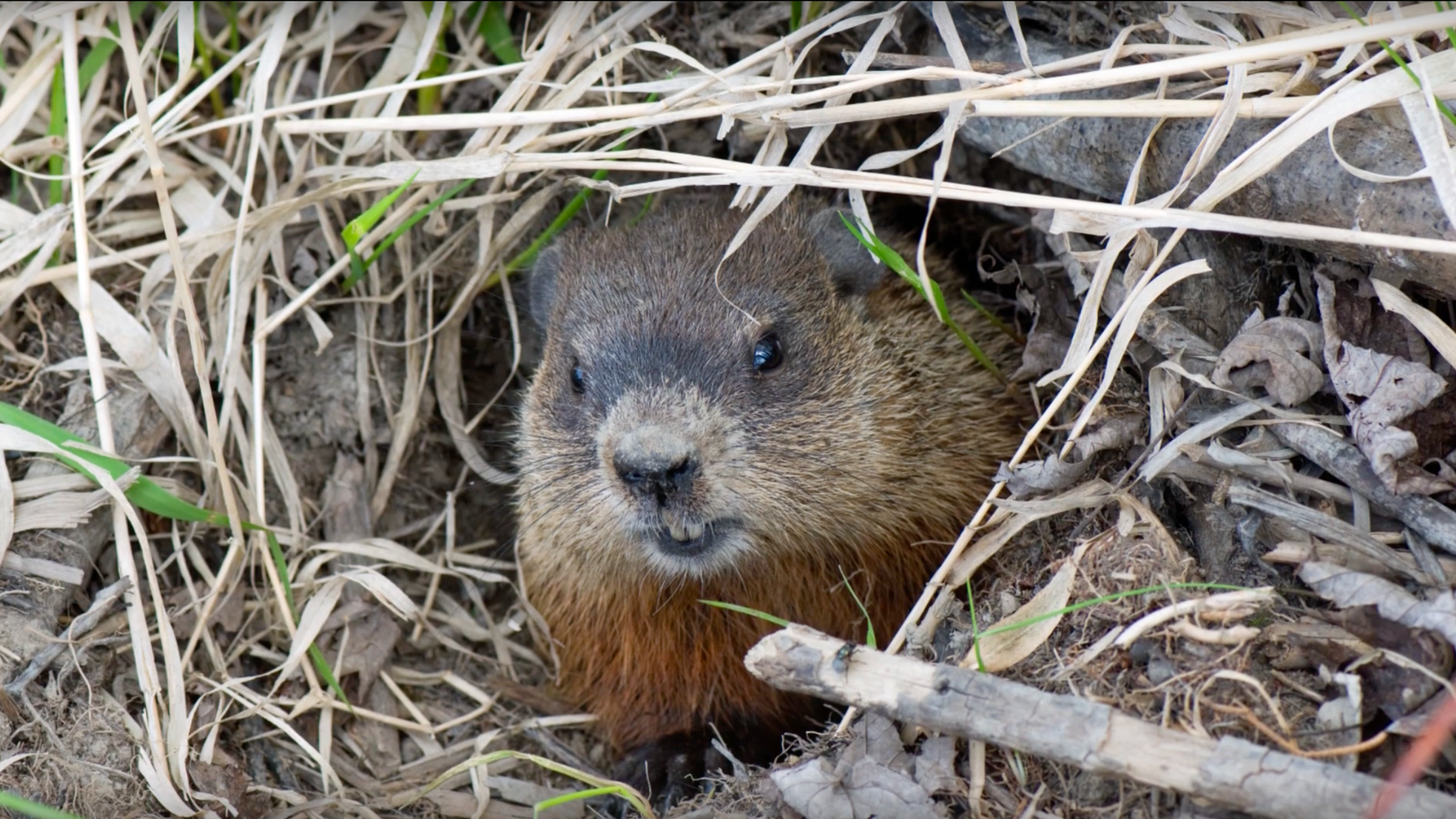Educational Resources
An Exploration of the Great Lakes Lesson Plan Collection
FOR GRADES 5-8
Great Lakes Now: An Exploration of the Great Lakes is an introduction to the science and study of the Great Lakes. This collection aims to introduce students to basic scientific and geographic concepts about the Great Lakes.
There are 17 lessons in this collection, each aligned to the Next Generation Science Standards and either Common Core standards, Earth Science or SEP standards. The lessons feature a number of interactive or hands-on activities for students to explore such topics as the physical features of the Great Lakes, the interconnectedness of the water system, and the geology and formation of the Great Lakes. Moving away from these majestic lakes themselves, the lessons also explore broader concepts such as watersheds and ancillary bodies of water that are part of the Great Lakes ecosystem, special environments within the Great Lakes region, and examine societal concerns about drinking water quality – both in the lakes and delivered through municipal water systems.
The 17 lessons from this collection can be taught individually or sequenced together as a larger unit on the Great Lakes. Embedded throughout the collection are links to videos produced by Detroit Public Television and Great Lakes Now, as well as a range of other resources that support citizen science and encourage exploration.
View collection here >
Download the collection >
Lesson Plan 1: Meet the Great Lakes
In this lesson, students will be introduced to physical and geographic features of the Great Lakes, including the size, area, amount of water, and locations of each, as well as the significance of the Great Lakes to many aspects of life for the region in which they are located. View >
Lesson Plan 2: H.O.M.E.S. for Sale
In this lesson, students deepen their knowledge of physical and geographic features of the Great Lakes by exploring one of the five Great Lakes in depth with a study group and creating a “for sale sign” poster to present to the class for one of the Great Lakes. View >
Lesson Plan 3: Lakes Levels over the Years
In this lesson, students will analyze historic lake level patterns of the Great Lakes to learn about one measure of lake health—the level—and how data is monitored over time for a lake. View >
Lesson Plan 4: The Great Lakes Watershed
In this lesson, students will model how a watershed works to understand how the Great Lakes basin is a large watershed region. View >
Lesson Plan 5: A Digital Expedition around the Great Lakes
In this lesson, students will act as digital explorers traveling through the Great Lakes using an interactive digital atlas to learn about the interconnectedness of the Great Lakes waterways. View >
Lesson Plan 6: Water beyond the Lakes
In this lesson, students will investigate various features of the Great Lakes basin, including an exploration of groundwater, ancillary bodies of water—such as estuaries, rivers, falls and locks—and how ice cover in winter affects the Great Lakes. View >
Lesson Plan 7: Great Lakes Ecosystems
In this lesson, students will investigate various environments of the Great Lakes, including an exploration of flora and fauna unique to the region. View >
Lesson Plan 8: Great Lakes Regional Meteorology
In this lesson, students will become familiar with some of the unique meteorology of the Great Lakes region in terms of weather and climate. View >
Lesson Plan 9: [Debate]: Which of the Five Great Lakes Is Best?
In this lesson, students will synthesize learning about the five Great Lakes and apply their knowledge to engage in a debate about which of the Great Lakes is the best lake. View >
Lesson Plan 10: Loading…4.54 Billion Years
In this lesson, students will be introduced to the geologic time scale and a brief history of geologic time. View >
Lesson Plan 11: All about Glaciers
In this lesson, students will become familiar with glaciers, how they form, move, and shape the land. View >
Lesson Plan 12: Formation of the Great Lakes
In this lesson, students will understand the particular impact that glaciers had in forming the Great Lakes by carving out the basin and filling the waterways with ice melt as they retreated over 10,000 years ago. View >
Lesson Plan 13: Historic Significance of the Lakes
In this lesson, students will be introduced to the ways in which people encounter the Great Lakes as they explore some of the history of the Great Lakes, including how local people groups regard the waters, how New World explorers from Europe traveled the Great Lakes waterways, and how the Great Lakes are a source of commercial transport. View >
Lesson Plan 14: How Fresh are the Great Lakes?
In this lesson, students will continue examining the historic significance of the Great Lakes by focusing on one of the key ways that people encounter the Great Lakes—as a source of freshwater. View >
Lesson Plan 15: Travel & Leisure on the Great Lakes
In this lesson, students will interact with the ways that people encounter the Great Lakes through travel and leisure activities. View >
Lesson Plan 16: Economic Significance of the Great Lakes
In this lesson, students will be introduced to one of the main ways that the Great Lakes impact the economy of the region—shipping. View >
Lesson Plan 17: Contemporary Issues Facing the Great Lakes
In this lesson, students will explore several contemporary issues facing the Great Lakes, including naturally occurring phenomena, such as invasive species, and issues that arise as a result of human activity, such as chemical pollutants. View >
RESOURCES
Great Lakes Now brings along students on a virtual field trip to learn more about the lakes.
Great Lakes Now Virtual Field Trip >
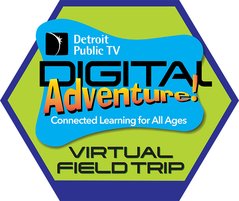
More Virtual Field Trips with Detroit PBS KIDS’ Digital Adventure
EDUCATION ORGANIZATIONS
For further information about science education around the Great Lakes:
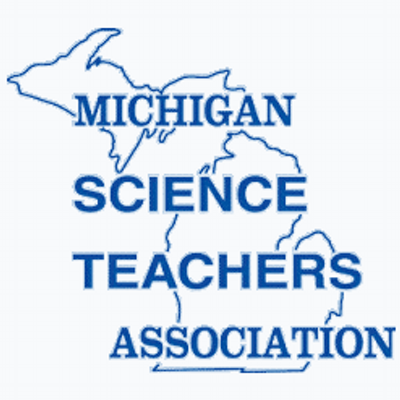

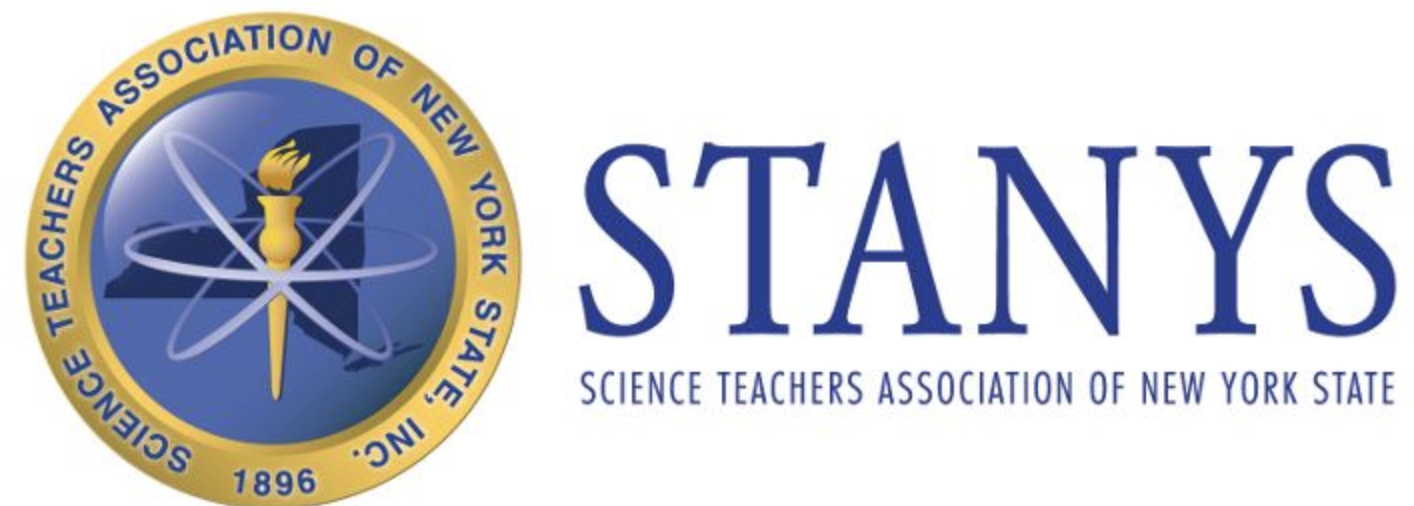

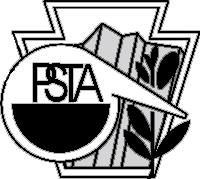
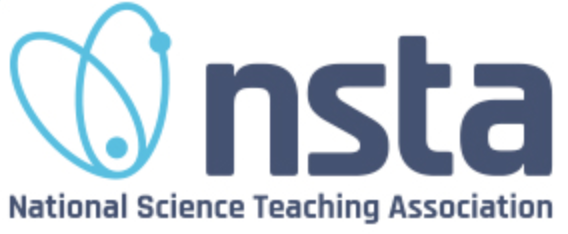
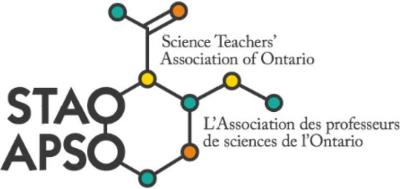


This is a text block. Click the edit button to change this text.
This is a text block. Click the edit button to change this text.
In this lesson, students will be introduced to physical and geographic features of the Great Lakes, including the size, area, amount of water, and locations of each, as well as the significance of the Great Lakes to many aspects of life for the region in which they are located. View >

